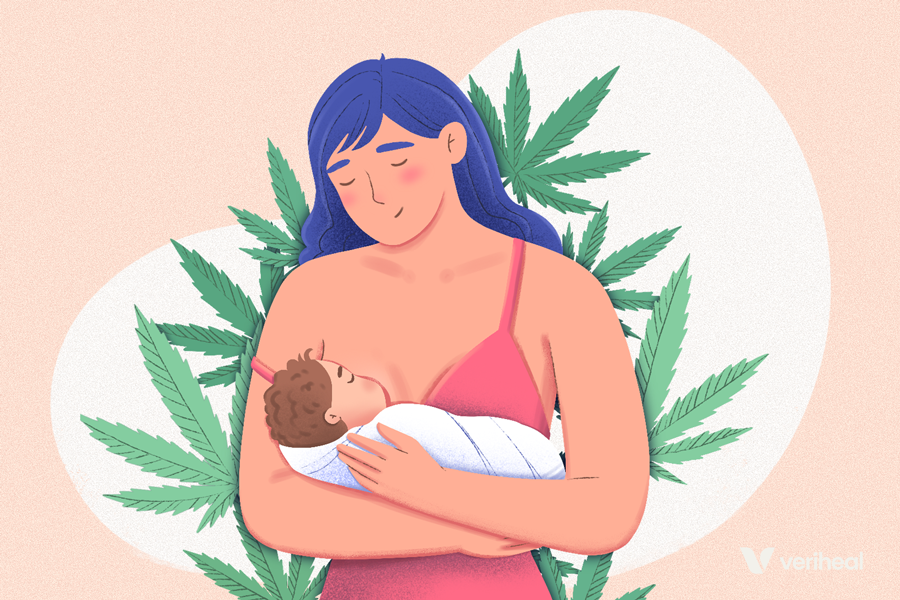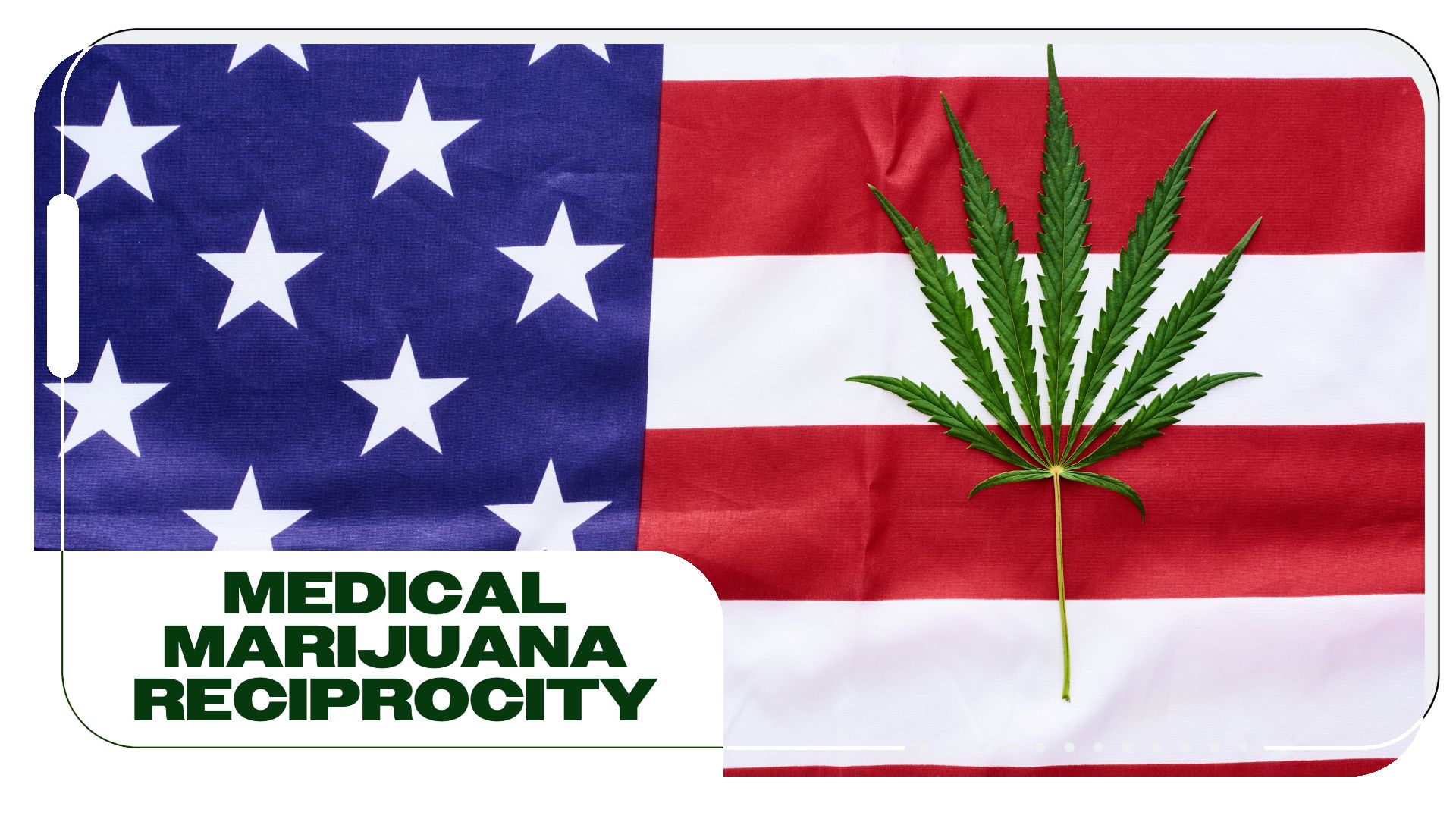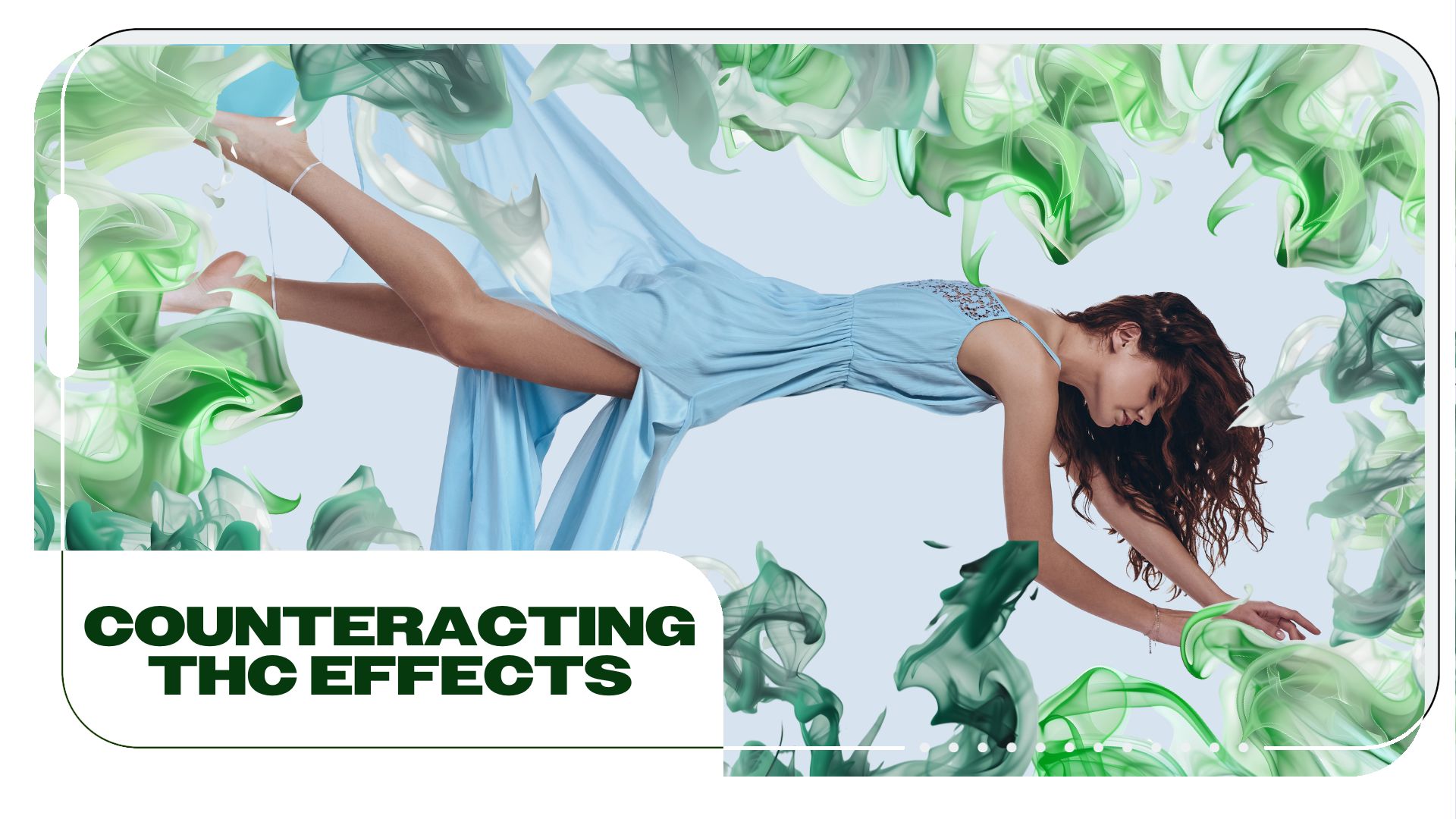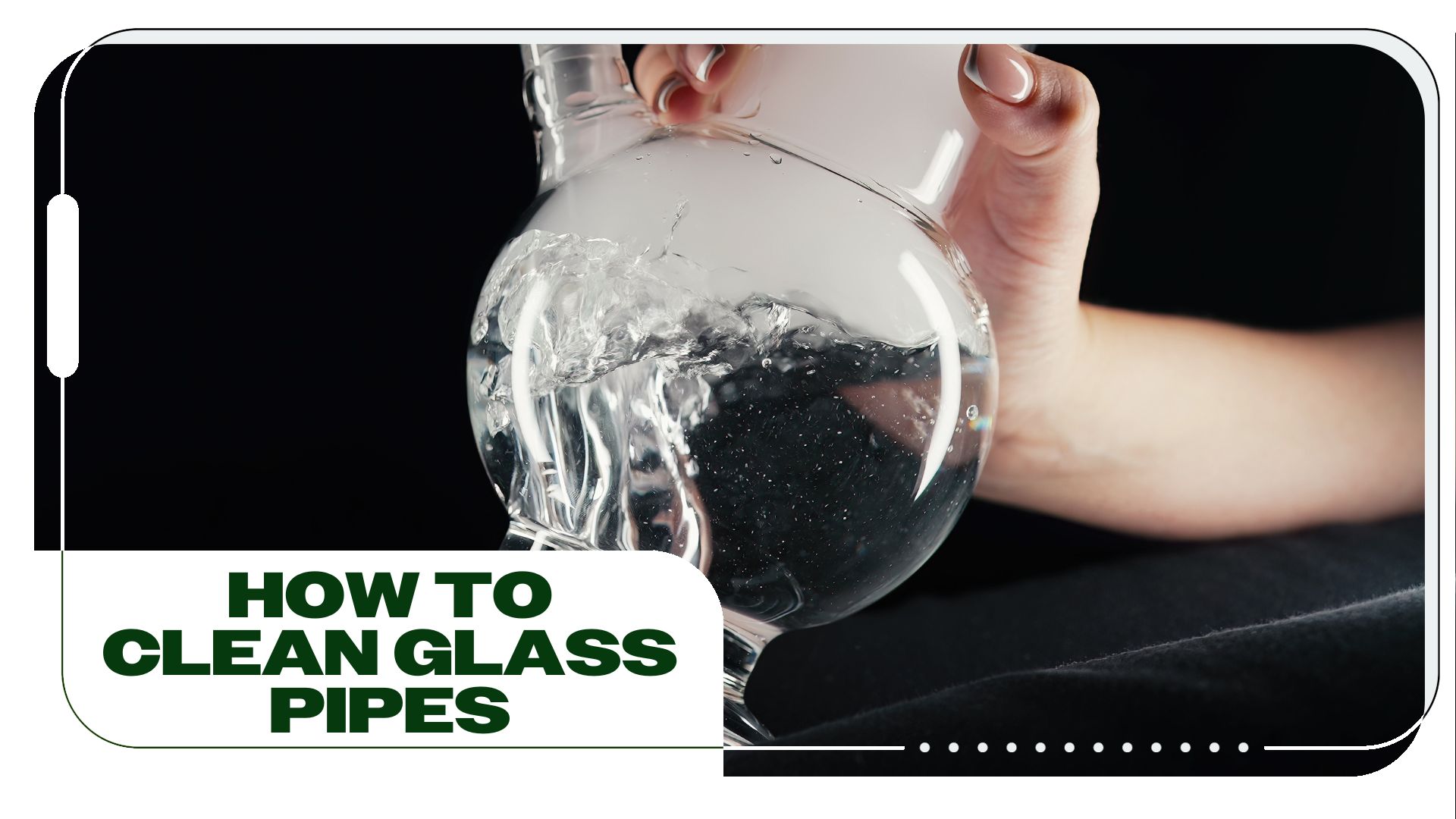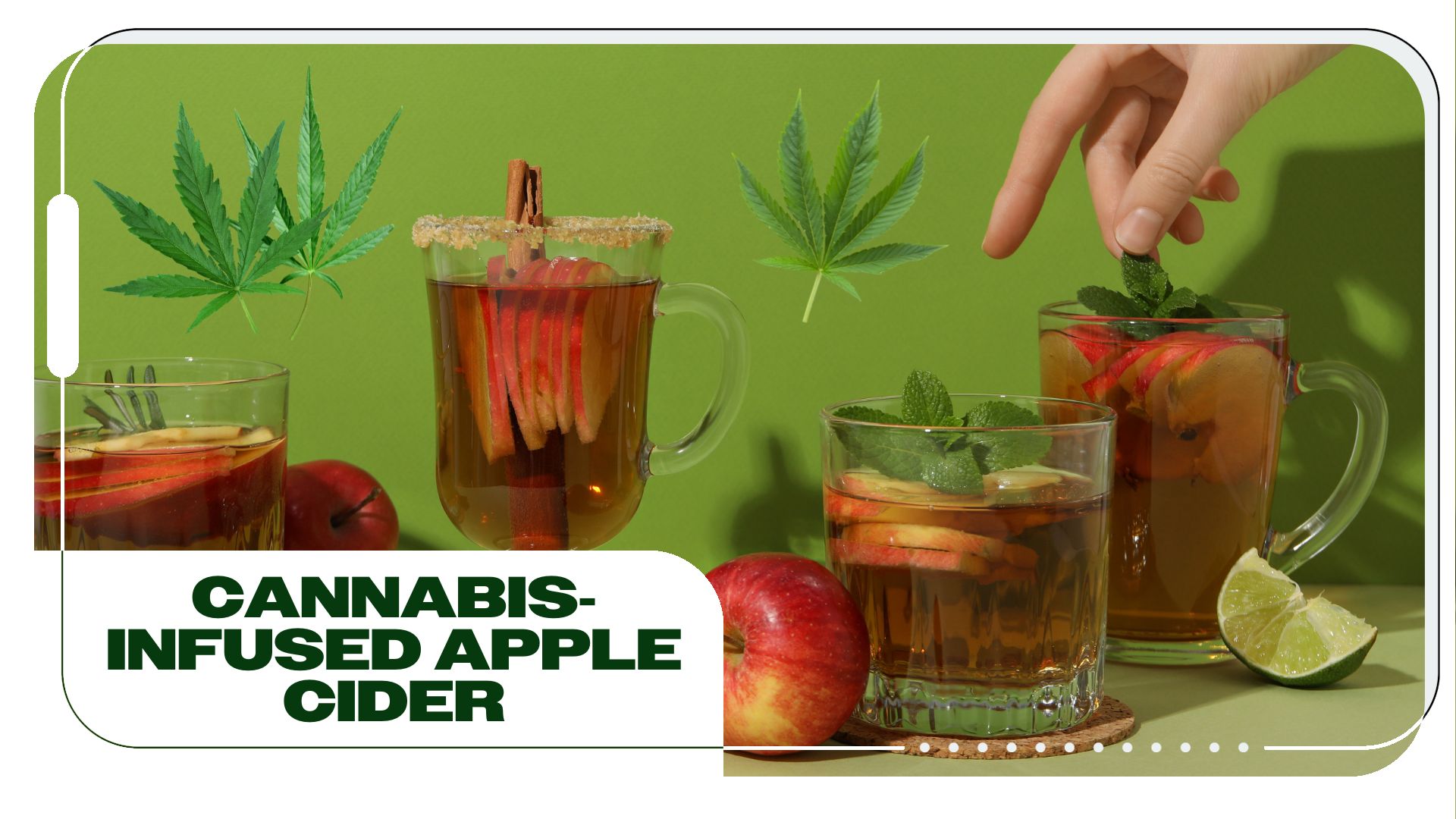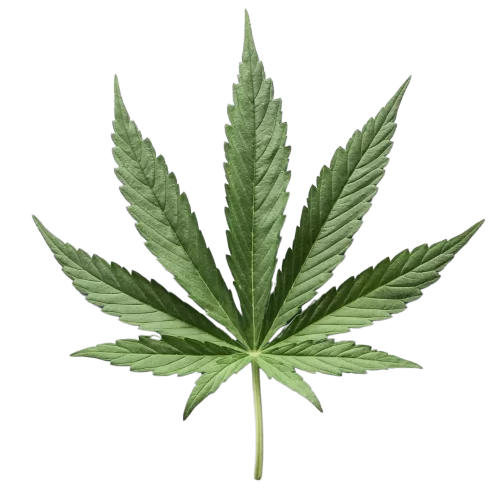Did you know that breast milk contains cannabinoids? That’s right. When lactating, a woman’s natural endocannabinoids and metabolites are passed through breast milk to the baby. Endocannabinoids are naturally self-produced cannabinoids, but what about phytocannabinoids made by the cannabis plant?
While we know that THC can be detected through bodily fluids like urine and saliva, many are not aware that THC is also detectable in the breast milk of lactating cannabis consumers and patients. Many studies over the years have shown that THC can be passed to babies via breast milk; however, in all cases, it was in very low quantities.
While not much long-term research has been conducted on this subject, based on what studies have been conducted to date, it seems that THC may not be as harmful in breast milk as once believed, barring larger, long-term research. In this 2023 NIH publication, researchers observed “no differences in infant adverse reactions, growth, or neurodevelopmental outcomes between the groups with quantifiable THC versus those with non-quantifiable THC levels in breast milk.”
This subject has become a hot topic with the progression of cannabis legalization in the United States and around the globe. According to JAMA research, the number of pregnant persons utilizing cannabis increased from “an estimated 3.4% in 2002 to 7.0% in 2017.” The study then examined the effects of the pandemic on maternal cannabis consumption, which increased from 6.75% pre-pandemic 2019 to 8.14% of pregnancies in the KPNC healthcare system in 2021.
In a separate study by the CDC published in 2020, it was found that “overall, 9.8% of women reported marijuana use before pregnancy, 4.2% during pregnancy, and 5.5% after pregnancy. The most frequently reported reasons for marijuana use during pregnancy were to relieve stress or anxiety, nausea or vomiting, and pain.” It is very likely, however, based on the results of the former study and for fear of legal repercussions, that pregnant individuals probably underreport these stats.
Let’s explore the topic of THC and breast milk further.
How Long Does THC Stay in Breast Milk?
If you are a cannabis consumer and are hoping to breastfeed, you may have questions such as, “How long does THC stay in breastmilk”? Cumulative studies have shown that there is still THC present in breast milk anywhere from 6 days to 6 weeks after the last time the mother consumed cannabis. THC can be found in small quantities in breast milk days or even weeks after consumption because it is stored within fat cells. Breast milk is naturally high in fat, making it a perfect substance for THC to bind to.
Is It Safe to Breastfeed While Using Cannabis?
Probably the most crucial question you are asking yourself, however though, is, “is it safe to breastfeed while using cannabis?” Unfortunately, thanks to decades of cannabis prohibition, there isn’t significant enough research conducted in this area to make a strong conclusion.
There have been studies that suggest that it could be harmful, while other studies suggest that it could be safe. Possible concerns include cannabinoids and metabolite effects on neurotransmitters, nervous system development, and endocannabinoid function.
Long-term studies on this don’t exist yet and are unlikely to evolve beyond association studies because pregnant and nursing people cannot be studied in double-blind, randomized clinical trials in the same way as others due to ethical and unknown health concerns.
How Long After Smoking Can I Breastfeed?
If you want to be on the perfectly safe side and want to avoid any risk of THC passing through to your baby through breast milk, it is advised to avoid THC consumption in pregnancy or start to pump and dump milk after consuming cannabis. But for how long should you pump and dump after consuming marijuana?
It really depends on how often you consume cannabis and whether you have a high BMI. For those with a high BMI that consume regularly, it could take longer for THC to diminish within your breast milk. Having a higher BMI is also associated with passing along higher levels of endocannabinoids, including 2-AG and trace anandamide. However, if you have a healthy BMI and only consume occasionally, THC will leave your body much quicker. Studies to date have shown that the peak concentration of THC exists in breast milk 1 hour after consumption.
Some studies suggest that cannabis consumption can lead to a decrease in breast milk production. If you do not regularly breast pump, pumping and dumping could also result in a change to your milk production and is something that should be taken into consideration. Speaking to an OB/GYN and a lactation consultant about such matters is advised.
Why You Should Get Your Medical Marijuana Card
Veriheal has satisfied millions of patients nationwide by giving them access to these benefits
- Larger purchase limits
- Peace of mind
- Enhanced legal protection
- Access to higher potency strains
- Save up to 25% on cannabis purchases
- Skip the line at the dispensary
Now let’s take a look at the safety of consuming cannabis in various consumption methods while breastfeeding.
Edibles and Breastfeeding
Consuming edibles will result in the excretion of THC, other cannabinoids, and their metabolites in breast milk. Because of how edibles are processed by the body, it is thought that this consumption method will result in THC staying in your system longer than with other methods, such as inhalation.
Additionally, after ingestion, THC in edibles converts to Hydroxy-11-THC, which is what causes these products to result in a more intense effect in comparison to smoking or even concentrates. It is thought that this increase in the intensity of effects could also result in a more potent concentration of THC being excreted through the breast milk. For this reason, it is widely advised to avoid edibles when breastfeeding or to pump and dump for several hours after consuming.
Flower and Breastfeeding
Smoking cannabis flower is one of the most popular ways of utilizing the plant. If you choose to breastfeed and continue to consume cannabis, smoking is not an ideal method of consumption. However, in comparison to other methods, dry herb vaporizing cannabis might actually be one of the safest. This is because there is much cooler air being ingested compared to smoking, which reduces cough and is easier to measure, comes off quicker, and is lightly dosed.
Flower is much less potent than concentrates. So if you are going to consume a THC-based product other than topicals, inhalation methods, be it smoking or vaping flower, will likely result in the lowest concentration of THC passing through breastmilk. Smoking of any sort, however, has been shown to have adverse effects on mom and baby when breastfeeding and should be taken into consideration because of the creation of unknown free radicals upon combustion.
Concentrates and Breastfeeding
Cannabis concentrates are highly concentrated, meaning that they offer a higher potency of cannabinoids, such as THC, than other methods of consumption, such as smoking or edibles.
Cartridge vaping of concentrates, the most common way of consuming cannabis extracts, may be safer for both mom and baby in comparison to smoking. However, the higher concentration of THC that is found in cannabis extracts is believed to result in a much higher THC content secreted through breast milk to the baby. It may be best to avoid these highly concentrated products though if you are concerned at all about the effects of heavily concentrated cannabinoids and possible additives in the concentrate.
CBD and Breastfeeding
Those that are simply worried about the potential intoxicating and neuroplastic effects of THC may choose to instead utilize CBD products when breastfeeding. While both CBD and THC have been shown to transfer through breast milk, the concentration of CBD that was detectable in this study was much less than that of THC. Like with THC, however, there has also not been a significant amount of research conducted regarding the safety of consuming CBD or metabolites when breastfeeding.
Topicals and Breastfeeding
Topicals are thought to be a safe way to utilize cannabis products when lactating as the cannabinoid content of topicals does not make its way to the bloodstream, and because of the extremely low absorption rate, there is little to no risk of topicals causing CBD or THC to be present in breastmilk.
Unfortunately, topical products aren’t the best option for things such as anxiety, depression, nausea, pain, or a plethora of other systemic reasons why a lactating mother may choose to utilize cannabis.
Final Takeaways
While it is hard to say whether or not consuming cannabis while breastfeeding is safe, according to many mothers, it was a blessing through their breastfeeding stages as well as during pregnancy. For those who wish to be completely safe, you can choose to abstain from Cannabis throughout your pregnancy and nursing time. Many have reported using caution and choosing not to consume at all when breastfeeding.
Many others, though, have been able to find a happy balance between believing in what the plant offers and its safety while also remaining cautious by doing things such as consuming more CBD and imploring topical products for things such as pain and inflammation rather than smoking or eating edibles.
If you would like to learn more about consuming cannabis responsibly, schedule a consultation with one of our medical cannabis professionals today! For the best specialist support, you should also consult with a qualified OB/GYN, pediatrician, and a lactation consultant for any health and nursing concerns.
Note: The content on this page is for informational purposes only and is not intended to be professional medical advice. Do not attempt to self-diagnose or prescribe treatment based on the information provided. Always consult a physician before making any decision on the treatment of a medical condition.
Author, Share & Comments

